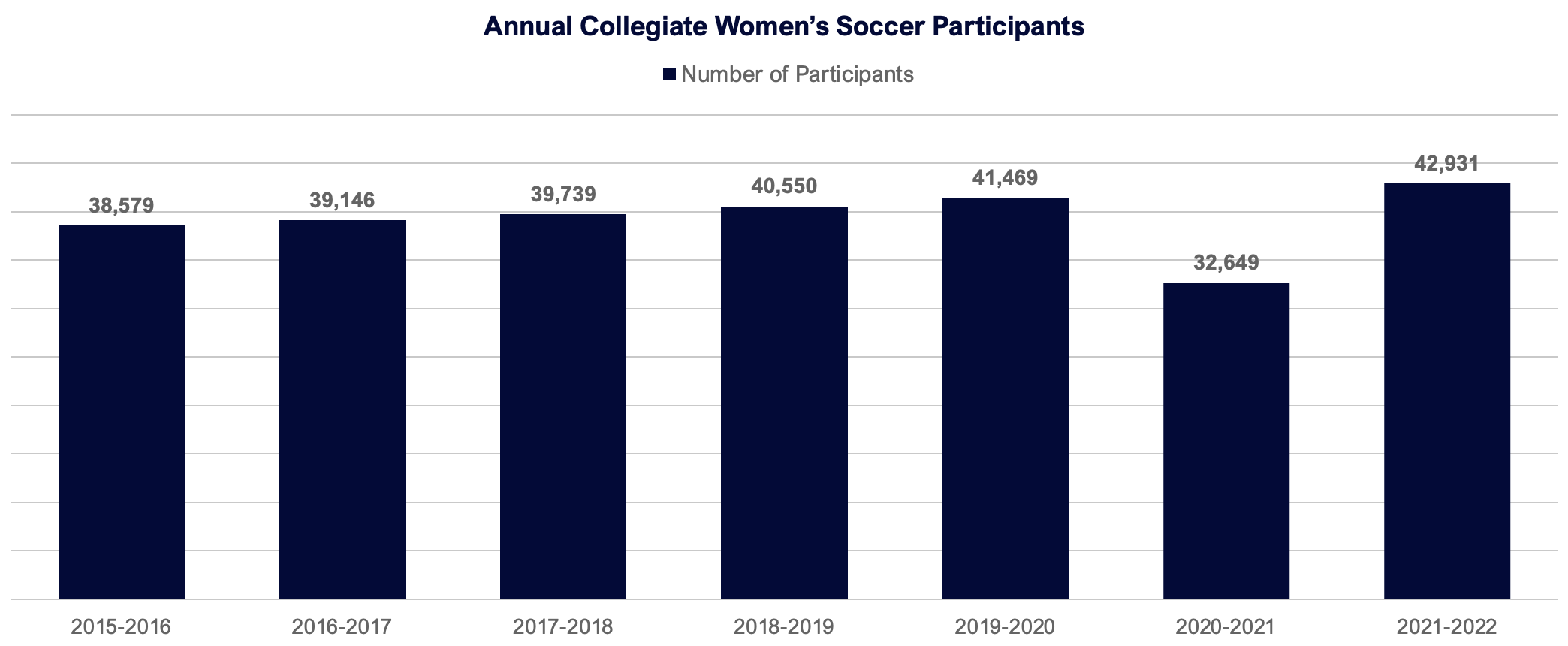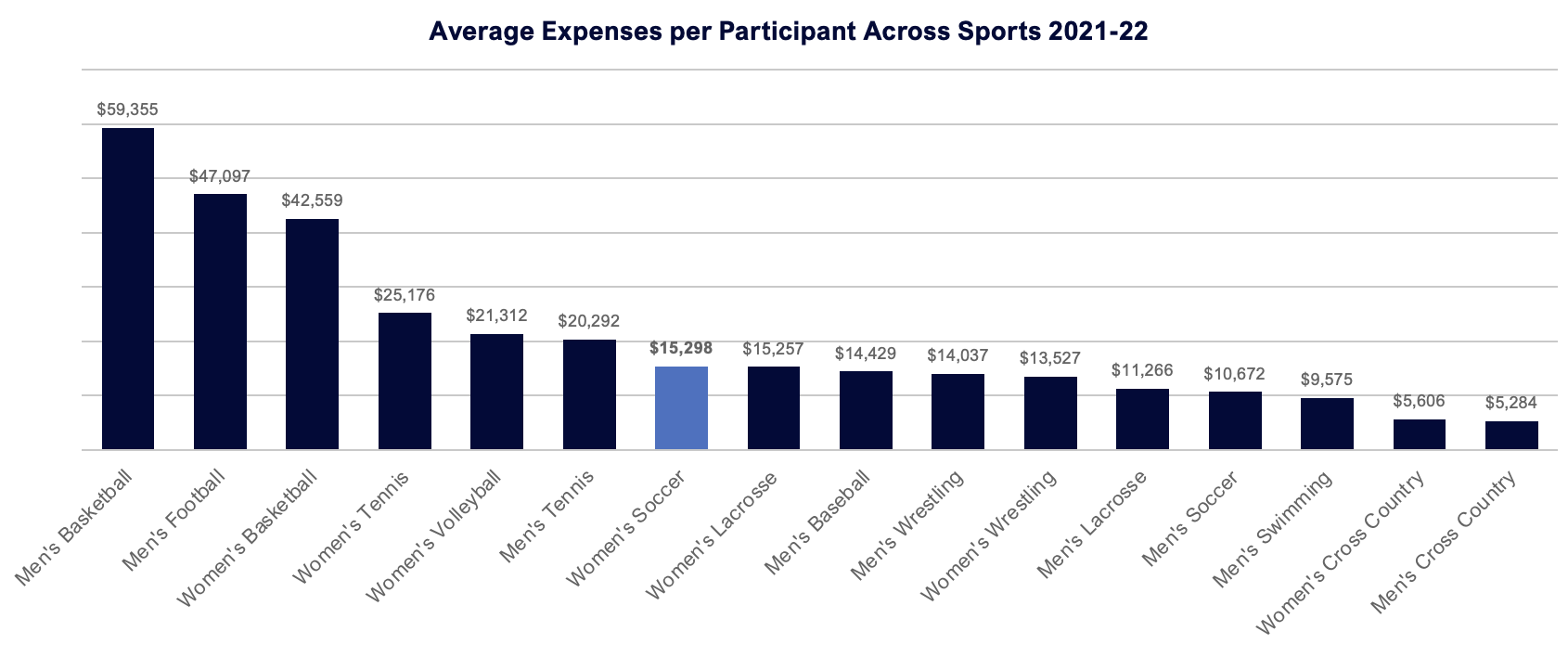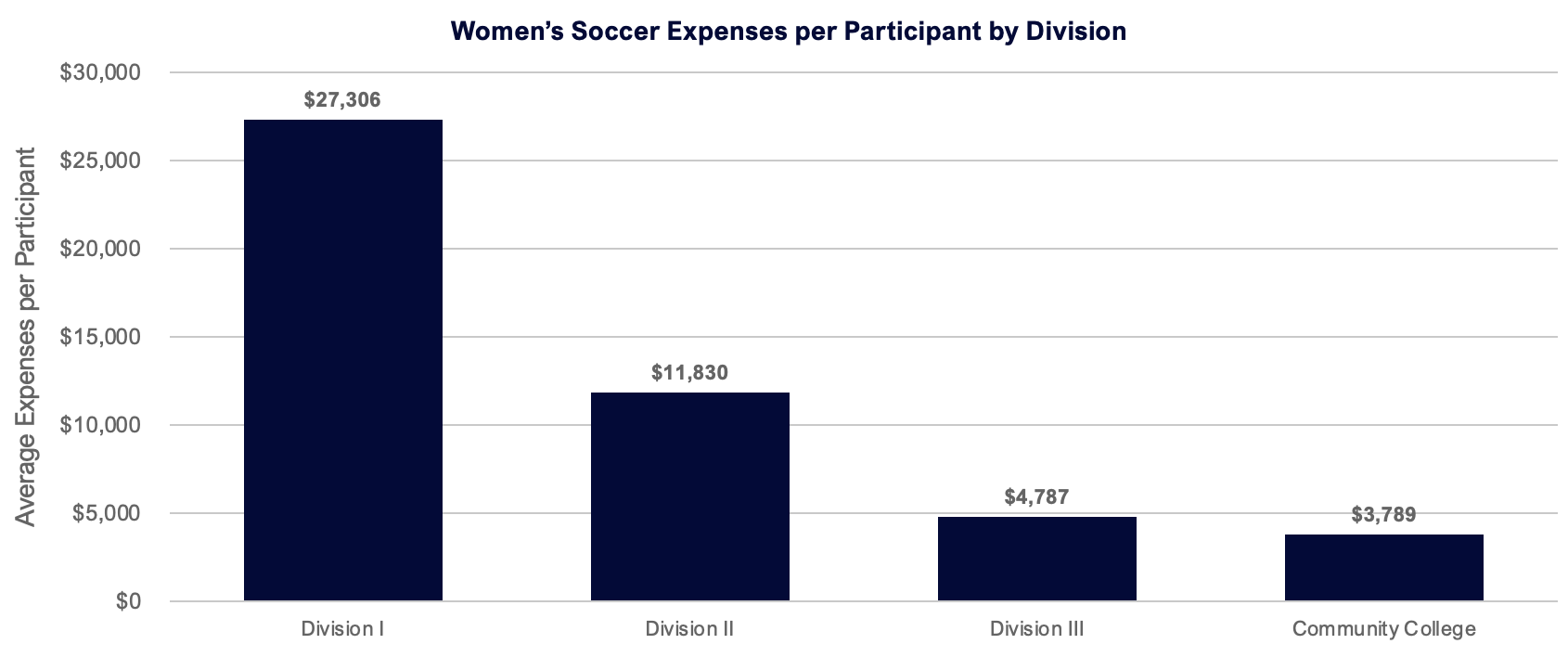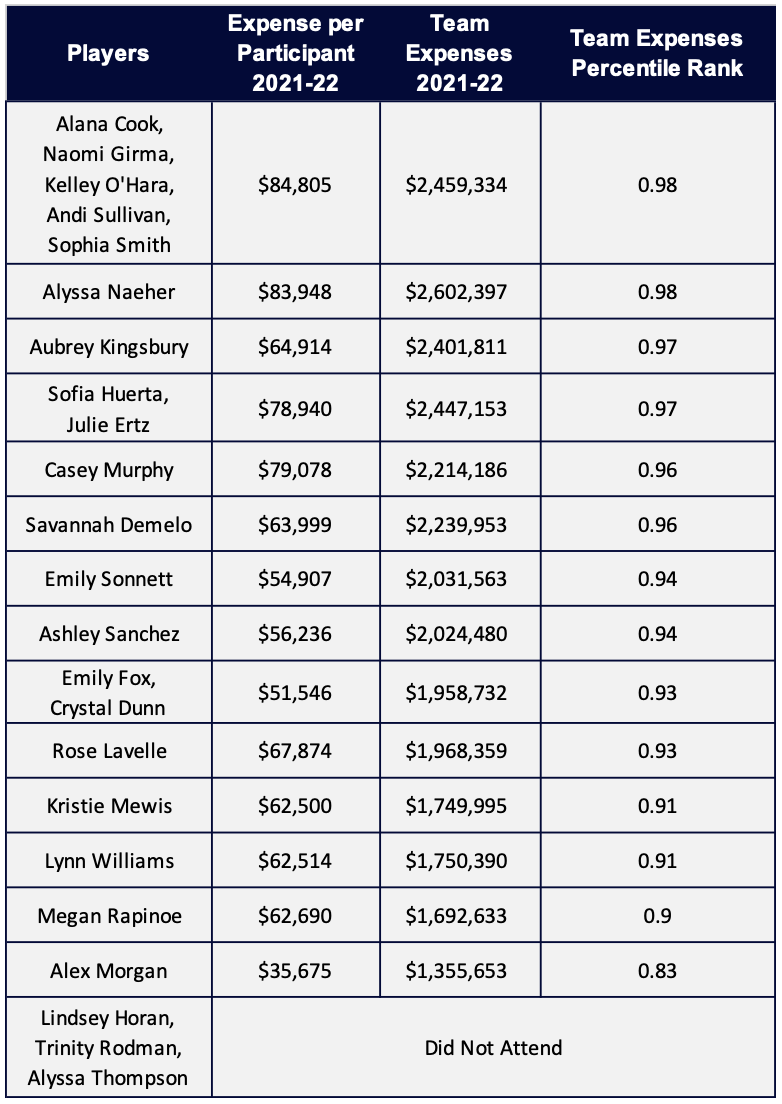The athletic programs offered by a school may be a determining factor in the decision to enroll for many high school student-athletes. As I am a former college student-athlete, this rings true to my experience as well as the experience of many of my peers.
Growing Enrollment Through Athletics
Gray’s Athletics Benchmarking data shows that collegiate sports are on the rise. Between 2015 and 2021, the number of collegiate athletes in the United States increased by more than 60,000. Qualitatively, this could represent thousands of students who have chosen their school because it offers the varsity sport they played in high school. One study found that athletics increases online conversation about an institution by 236 percent. Just one high school student athlete’s social media post about committing to play a sport at a particular school can increase awareness of the institution’s brand.
Further, collegiate club sports are also valuable to an institution. Club sports provide an opportunity for students to continue to play the sport they love without the same demands on the student or the university that varsity athletics pose. Club sports have the potential to be a selling point for prospective students who will be paying tuition.
In the spirit of the Women’s World Cup this month, let’s take a deeper dive into women’s college soccer. If you are considering expanding your athletic programs, women’s soccer is a great place to start.
Women’s Soccer Gets The Ball Rolling
The US Women’s National Team’s (USWNT) success on the international stage continues to inspire the younger generation of female soccer players. Since the USWNT’s win in the first Women’s World Cup in 1991, the number of girls playing high school soccer increased by approximately 282,500. In 1974, there were about 6,500 girls playing soccer in high school. By 2019, that number had increased to roughly 394,000.
Soccer is one of the most popular sports for high school–aged girls, which has created a pipeline of students who want to play in college. Gray’s Athletics Benchmarking data shows that between 2015 and 2022, participation in collegiate women’s soccer increased by 11 percent.

Source: Gray’s Athletics Benchmarking
A women’s soccer program is an excellent means of recruiting that doesn’t pose as significant of an expense to the institution compared to many other sports. Let’s explore collegiate athletics expenses and see how women’s soccer compares.
Benchmarking Athletic Expenses
In the 2021-22 academic year, across all athletic divisions and levels in the country, the average expense per participant was $21,170, with an increase to $40,642 when only looking at NCAA Division I sports.
Women’s soccer falls into the middle of the pack in terms of the average expense per participant. Across all divisions and levels, each women’s soccer athlete cost a school, on average, $15,298 in 2021-22.

Source: Gray’s Athletics Benchmarking
Women’s soccer expenses are higher on average at the Division I level, with a steep drop off to the Division II level, where the average expense per women’s soccer player is $11,830. At the NCAA Division I level, the expense-per-participant for women’s soccer is $27,306.

Source: Gray’s Athletics Benchmarking
How Much Does it Cost to Attract National Team Talent?
Perhaps unsurprisingly, the institutions that spend more money on their women’s soccer programs tend to attract the best players. Below is a table of the 2023 USWNT World Cup roster and three measures relating to the collegiate program they played for: the expense per participant for the 2021-22 season, the team expenses for the 2021-2022 season, and what percentile their 2021-2022 team expenses fall into compared to all other NCAA Division I women’s soccer programs.

Nearly all of the alma maters of the USWNT players rank at or above the 90th percentile in terms of how much the school is currently investing in its women’s soccer program. Many of the players went to schools that are above the 95th percentile. The women’s soccer programs that experience the most success and attract the best high school recruits tend to be the ones that invest the most in their programs.
Positive Impact of Soccer Programs
Student athletes don’t just pose a cost to institutions, they also provide revenue through tuition, fees, and room and board expenses not covered under scholarships. This is especially true at the NCAA Division III level where athletic scholarships cannot be offered to potential student athletes. For example, Gray works with a small Division III school in the midwest that consistently sees a positive contribution from their women’s soccer program. In the 2021-2022 academic year, the women’s soccer team’s total contribution was $275,597. There were 12,240 Division III women’s soccer players in 2021, many of whom likely chose to attend their respective schools because they wanted to play soccer there.
Athletic success can also have a positive impact on applications and enrollments through what is called the “Flutie Effect.” The “Flutie Effect” is a phenomenon discovered after Quarterback Doug Flutie led the underdog Boston College to a fourth-quarter Hail Mary victory over the dominant University of Miami. In the following three years, Boston College saw a 30 percent increase in application volume. The “Flutie Effect” doesn’t only apply to Division I; studies have found similar outcomes at Division II and III levels after athletic program success.
Successful women’s soccer programs and especially ones that generate World Cup-level players, create buzz around the school itself and help increase enrollment. However, it is not just the schools with large athletic budgets that are experiencing the benefits of offering a women’s soccer program.
Since the 2021 US Supreme Court’s decision to give college athletes Name, Image, and Likeness (NIL) rights, student-athletes have the potential to win big through sponsorships and brand deals. There are some women’s soccer collegiate athletes that have signed NIL deals; however, most female soccer players won’t build a career through sponsorships or play professionally.
That being said, women’s soccer athletes tend to be strong students who contribute positively to institutions’ graduation rates. According to the NCAA, Division I Women’s Soccer athletes had a Graduation Success Rate of 95 percent between 2019 and 2022.
Further, armed with the skills and lessons female athletes gain by playing their sport, they enter the workforce as better team members and employees and are more ready to take on leadership roles. A study by the Women’s Sports Foundation (WSF) and espnW found that 94 percent of women in the C-suite played sports growing up, and more than 52 percent played at the collegiate level.
Investing in women’s soccer programs or any women’s sports program is beneficial for institutions through enrollment and graduation outcomes as well as for society. In addition to preparing young women for the workforce and life after college, the opportunity to play sports provides girls and young women with a wide range of physical, mental, and emotional health benefits.
The USWNT has inspired young female athletes for decades to take up sports and enjoy all the benefits that come with it.
So let’s cheer on our ladies in the World Cup–go, Team USA!
To learn more about Athletics Benchmarking, click here.





